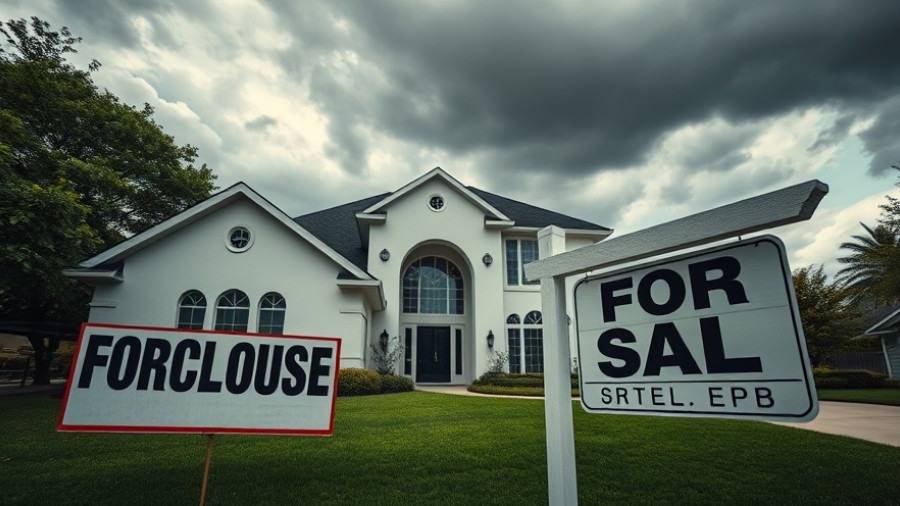
Why the Compass-Anywhere Merger Lacks Real Estate’s Luxury Brand Dynamics
The recent proposed merger between Compass and Anywhere Real Estate has stirred conversations akin to discussions around luxury brand conglomerates like LVMH. However, industry experts, including Michael Valdes, argue that the distinct nature of real estate branding presents substantial hurdles for this merger to emulate that success. Unlike LVMH, where brands coexist seamlessly under one luxury banner, Anywhere traditionally lacked a strong consumer-facing identity, complicating integration efforts.
Understanding the Challenges of Brand Differentiation
Drawing from over two decades in the luxury sector, Valdes perceives a critical challenge: how a single parent company, responsible for multiple brands like Coldwell Banker and Sotheby’s, maintains unique value propositions. The question arises as to how agents affiliated with these brands can differentiate themselves when they all fall under the same corporate umbrella. With agents' competitive edge tied deeply to brand recognition, homogenization can dilute perceived value, making it more difficult for agents to stand out in a saturated market.
The Implications of a Single-Entity Model in Real Estate
Valdes suggests that for the Compass-Anywhere merger to succeed, it must embrace a model akin to a single-entity brokerage with distinct brands that cater to different market segments. This echoes successful Japanese corporations known for their "keiretsu"—a nexus of interrelated businesses that sustain individuality while contributing to a collective brand ethos. Companies such as Lamborghini and Audi epitomize this, serving different clientele while simultaneously benefiting from shared resources.
Market Dynamics: Potential Impact on Competition and Local Firms
Consolidation of large firms can lead to advantages such as improved technology and marketing efficiency, but it poses a significant threat to independent and smaller brokerages. As discussed in reports from NPR and Bill Tierney, the merger could force smaller firms into a tighter operational corner, potentially squeezing their resources and limiting consumer choices. This situation offers an opportunity for mid-sized firms that can capitalize on community ties and personalized service.
A Look Ahead: Mid-Sized Firms as Potential Winners
While the merger creates uncertainty, it also lays groundwork for nimble mid-sized firms, such as William Raveis, that strategically highlight local expertise and personalized service. By emphasizing unique regional narratives and community involvement, these companies can cater to a market yearning for more substantive connections—something that massive agencies often overlook in their quest for scale.
Call to Action: Reflecting on Future Real Estate Choices
If this merger resonates with you, it may be time to reassess your approach to buying or renting properties. Local real estate firms that know the community may provide alternatives that larger, merged agencies cannot. Seeking these smaller companies may lead to a more enriching real estate experience.
 Add Row
Add Row  Add
Add 




Write A Comment